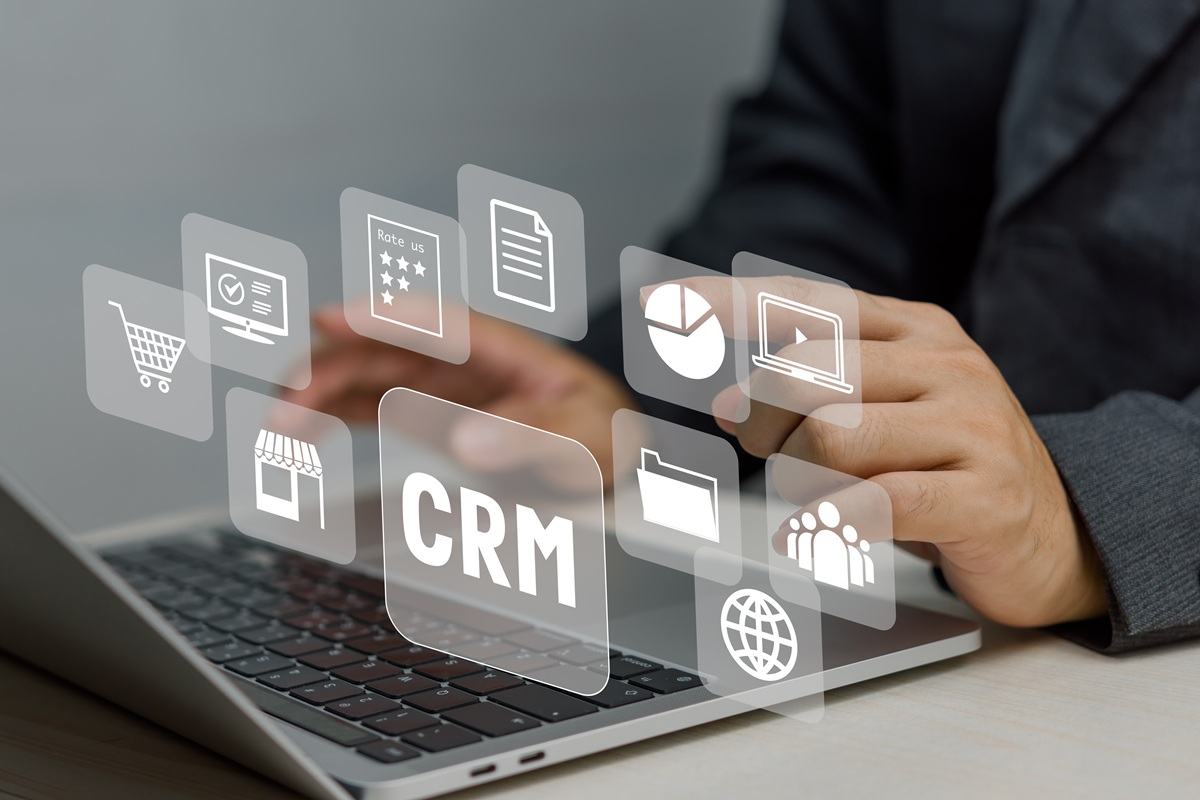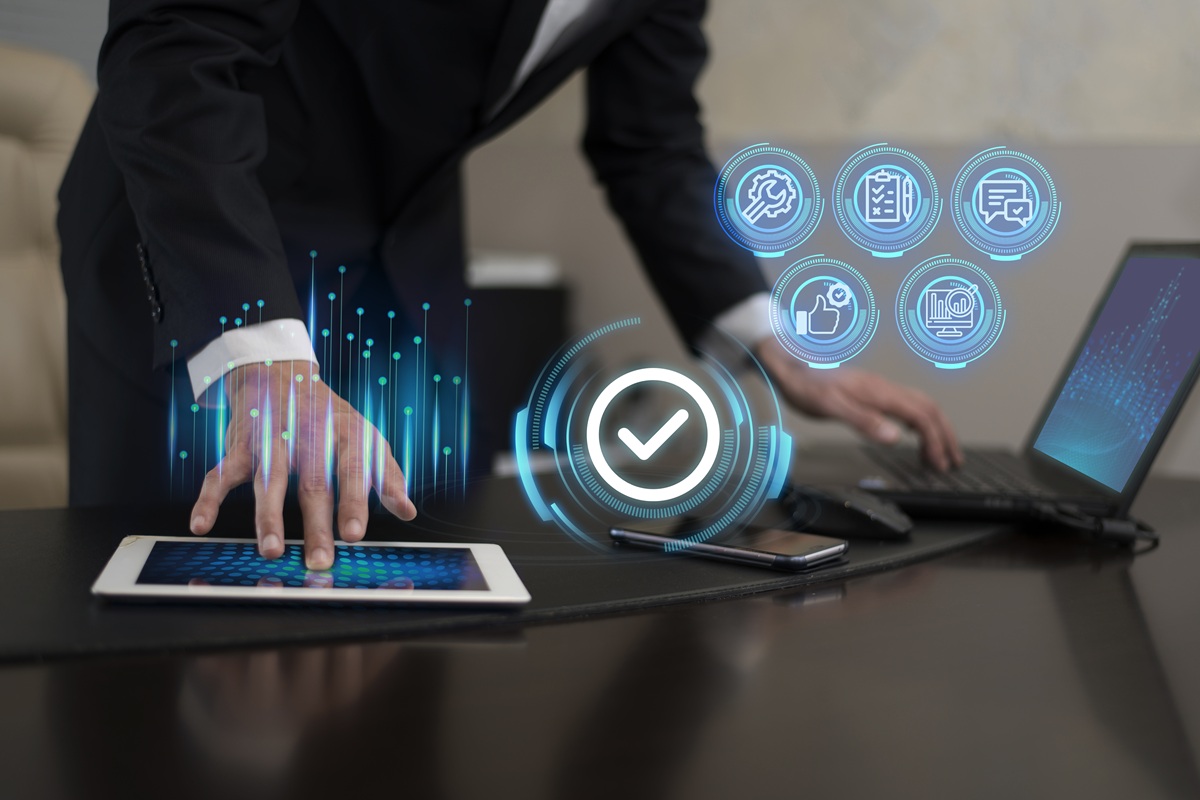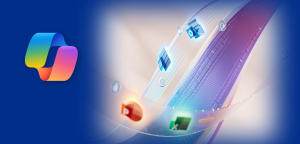The Essential Guide to Understanding ERP vs CRM
Choosing the right business software is a major decision and companies often ask about the difference between Enterprise Resource Planning (ERP) and Customer Relationship Management (CRM). While both systems are designed to improve efficiency and drive profitability, they support different areas of the business. ERP focuses on managing internal processes such as finance, supply chain, and operations, whereas CRM is centered on managing customer relationships, sales activities, and service interactions. Recognizing the role of each system and how they complement one another, is essential for making informed technology investments that support long-term business growth.
What is Enterprise Resource Planning (ERP)?
Enterprise Resource Planning (ERP) is a centralized system that connects and manages the core business processes of an organization – such as finance, procurement, sales and inventory. It serves as the operational backbone of the company, ensuring that all departments work from the same data and follow consistent workflows. By integrating these functions, an ERP system improves efficiency, visibility, and coordination across the entire business.
Core ERP Functionalities
At its core, an ERP system centralizes and integrates the essential business processes needed to run day-to-day operations. By bringing these functions together on a single platform, organizations gain real-time visibility, improve process efficiency, and maintain consistent data across departments.
- Financial Management
- General ledger, accounts payable/receivable, budgeting, cash flow, financial reporting.
- General ledger, accounts payable/receivable, budgeting, cash flow, financial reporting.
- Supply Chain & Inventory Management
- Inventory tracking, warehouse management, purchasing, supplier coordination, logistics.
- Inventory tracking, warehouse management, purchasing, supplier coordination, logistics.
- Sales & Order Management
- Quotation and pricing, order processing, invoicing, returns, customer account management.
- Quotation and pricing, order processing, invoicing, returns, customer account management.
- Procurement & Vendor Management
- Purchase requisitions, purchase orders, contract management, vendor performance tracking.
- Purchase requisitions, purchase orders, contract management, vendor performance tracking.
- Production & Manufacturing
- Bill of Materials (BOM), production planning, scheduling, shop floor control.
- Bill of Materials (BOM), production planning, scheduling, shop floor control.
- Project & Job Costing (if applicable)
- Project planning, cost tracking, resource allocation, progress and profitability reporting.
- Project planning, cost tracking, resource allocation, progress and profitability reporting.
- Reporting & Business Intelligence
- Dashboards, KPIs, operational and financial analytics, real-time insights.
What is Customer Relationship Management (CRM)?

CRM focuses on managing a company’s interactions with customers and prospects. It is considered the front-office system, supporting customer-facing activities such as sales, marketing, and customer service—all of which directly contribute to revenue generation.
While CRM systems were traditionally standalone applications, modern CRM solutions are often integrated with ERP systems. This integration allows information to flow seamlessly between front-office and back-office operations.
Benefits of CRM–ERP Integration Include:
- Sales teams gain real-time visibility into pricing, inventory availability, and order status from the ERP.
- Finance and operations teams can access customer histories, invoicing details, and sales performance data from the CRM.
This unified approach is a key advantage of platforms like Microsoft Dynamics 365, where CRM and ERP work together to provide a complete, connected view of the customer and the business.
CRM’s Core Focus and Functions
A CRM system is primarily focused on driving revenue growth and managing the complete lifecycle of customer interactions. Its core purpose is to help organizations attract new customers, nurture relationships, close sales opportunities, and deliver ongoing support—all of which contribute to stronger customer loyalty and higher profitability.
Revenue and Growth Enablement
CRM tools are designed to increase sales efficiency, improve conversion rates, shorten the sales cycle, and enhance customer satisfaction. By centralizing customer insights and engagement history, the system enables sales, marketing, and service teams to work in a more coordinated and informed manner.
Managing the Customer Journey
CRM supports the entire customer lifecycle – from lead generation and qualification, through deal negotiation and closing, to post-sale service and long-term relationship management. Every communication, meeting, and transaction is recorded, giving teams a complete view of the customer’s journey and preferences.
Front-Office Operational Support
As a front-office system, CRM provides capabilities for sales teams to track activities and opportunities, marketing teams to plan and execute campaigns, and support teams to log and resolve service requests. This ensures consistent and personalized interactions at every touchpoint.
Typical CRM Functional Modules Include:
- Sales Force Automation
- Contact and Account Management
- Opportunity and Pipeline Management
- Sales Forecasting and Reporting
- Marketing Campaign Management
- Customer Service and Support Case Management
The Fundamental Difference between ERP and CRM
ERP and CRM systems both play important roles in improving business performance, but they serve different objectives and support different parts of the organization. Understanding these differences helps leaders determine where to invest and how each system contributes to overall growth and efficiency.
Aspect | ERP | CRM |
|---|---|---|
Primary Focus
| Internal business operations and efficiency
| Customer relationships and revenue growth
|
Main Purpose
| Streamline processes, reduce costs, ensure accuracy
| Acquire, retain, and serve customers better
|
Core Users
| Finance, operations, supply chain, warehouse teams
| Sales, marketing, customer service teams
|
Data Focus
| Products, inventory, suppliers, financials, costs
| Leads, contacts, opportunities, customer history
|
Business Impact
| Improves operational efficiency and resource management
| Increases sales and strengthens customer loyalty
|
Orientation
| Back-office (internal processes)
| Front-office (customer-facing activities)
|
Typical Outcomes
| Lower operational costs, better visibility, consistent workflows
| Higher sales conversion, improved service, better customer engagement
|
ERP and CRM are most effective when used together. ERP ensures the business runs efficiently behind the scenes, while CRM helps drive growth and deliver better customer experiences. When integrated, they provide a complete, connected view of both operations and customers—supporting smarter decisions and sustainable business growth.
Benefits of ERP and CRM Integration

Although ERP and CRM serve different areas of the business, integrating the two systems creates a unified operational environment that enhances both efficiency and customer experience. Instead of working in isolation, the front office (sales, marketing, service) and back office (finance, operations, supply chain) share real-time data, eliminating duplication and ensuring decisions are based on accurate information.
Key Benefits of Integration
- Improved Sales Accuracy
With real-time access to stock availability, pricing, and delivery schedules from the ERP, sales teams using the CRM can provide reliable quotations and delivery commitments. This increases customer trust and reduces the risk of over-promising. - Better Financial Control
Finance teams rely on accurate customer records, contract terms, and pricing details captured in the CRM. Integration ensures smooth invoicing, proper credit management, and compliance with internal and regulatory requirements. - Optimized Supply Chain Coordination
When a major order is confirmed in the CRM, the ERP can automatically update production plans and material requirements, enabling the supply chain team to act quickly. This minimizes delays and ensures timely fulfillment. - Faster and More Effective Customer Service
Service teams can view order status, delivery progress, and payment history directly within the CRM, all sourced from the ERP. This allows faster response times and more informed support interactions.
When ERP and CRM are integrated, they operate as a single, connected system that supports end-to-end business processes, from lead generation and sales to fulfillment, invoicing, and ongoing customer service. This alignment strengthens operational agility, improves customer satisfaction, and drives sustainable growth.
Conclusion
Microsoft Dynamics 365 Business Central and Dynamics 365 CRM together provide a powerful, scalable platform for managing both internal operations and customer-facing activities. Business Central delivers robust ERP capabilities across finance, supply chain, and operations, while Dynamics 365 CRM supports sales, marketing, and customer service – ensuring the entire business works from a single source of truth.
The key to success lies in how these systems are implemented and integrated. As a certified Microsoft Solutions Partner, ML IT Partners specializes in configuring and deploying Dynamics 365 to align with your unique processes, data flows, and growth objectives. Our expertise ensures that ERP and CRM function as a unified platform – driving efficiency, improving customer experience, and supporting long-term business growth.
Contact us today to start building a reliable, high-performance platform for your success.





